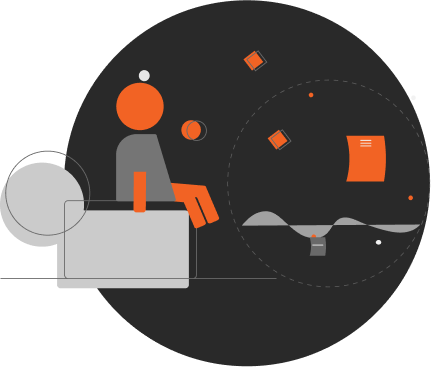In this model, the consumers are provided with the capital required for the solar rooftop system as a loan by the developer or a third-party lender. Consumers can repay their loan with monthly electricity bill.

Benefits to discoms
- Higher adoption of rooftop solar by consumers in the subsidised categories can lead to considerable reduction in cross-subsidy burden for the discoms.
Benefits to consumers
- Consumers in the low-paying categories who did not have access to cheap credit are able to install systems under the model.
- Aggregated procurement by the discom can ensure better quality of installation.
Benefits to developers
- Developers get access to new customer segments who could not afford rooftop solar system otherwise.
- Identification and aggregation of consumers by the discoms leads to reduced customer acquisition and business development costs for the developers.
- On-bill payment collection reduces the risk of payment default.
APEPDCL
-
Target Consumer SegmentConsumers with exclusive roof access and cannot bear the upfront cost of solar system installation
-
LocationConsumer rooftops
-
Asset OwnershipCosumer
-
Metering ArrangementNet-metering
-
Role of DiscomAggregated procurement, payment collection
-
Level of involvement by utilityMedium
-
Need for partnershipsHigh
-
Revenue to DISCOMMedium
-
Skill RequirementLow
-
Risk to UtilityHigh
